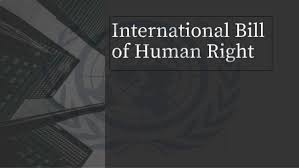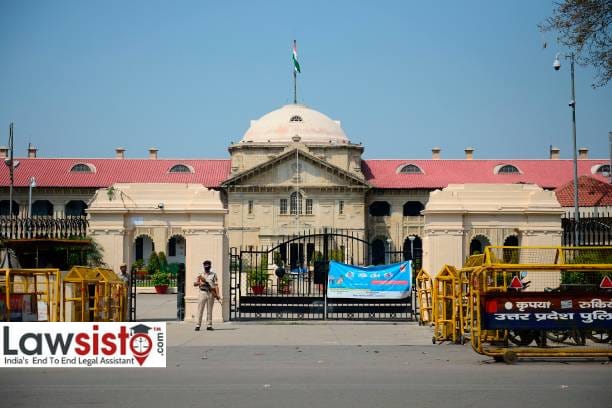Latest News
International Bill of Rights

The International Bill of Human Rights is the name given to set of documents consisting of Universal Declaration of Human Rights, the International Covenant on Economic, Social and Cultural Rights, and the International Covenant on Civil and Political Rights and the two Optional Protocols attached to the Covenants. The idea for the protection for human rights and fundamental freedoms was conceived by international community as an obligation to promote human rights. After the United Nations Charter came into force, the most important task before the United Nations was the implementation of the principles of the universal respect for and observance of human rights and fundamental freedoms for all without distinction as to race, sex, language or religion as laid down under Article 55 of the U.N Charter. In 1946, the Economic and Social Council formally endorsed the view that the purpose of the United Nation with regard to the promotion and observation of Human Rights could be fulfilled only if provision was made for an International Bill of Rights and for its implementation. It was therefore sought to prepare an International Bill of Rights to achieve the purpose.
The procedure for the preparation of the draft of the International Bill of Rights was also prescribed by the Economic and Social Council. The Drafting Committee at its first session, prepared a preliminary draft of the International Bill of Rights which was considered by the Commission of Human Rights at its Second session held from December 2 to 17, 1947. However, due to the differences of views and opinion regarding to its form and content, the Commission took the decision to apply the term “International bill of Human Rights” to series of documents in preparation and for that it established 3 working groups.
The Commission therefore decided to draw up simultaneously two sets of documents that is, declaration consisting of a declaration of general principles on Human rights and a draft Convention, which would be Convention on such specific rights as would lend themselves to binding legal obligations. The Commission along with the above two documents also prepared a memorandum on the question of implementation. The three documents to be known as International Declaration on Human Rights, International Covenant on Human Rights and measures for Implementation. They would together form the International Bill of Human Rights. The UDHR was adopted in 1948 and later, two International Covenants were adopted in 1966 codifying the two sets of rights outlined in the Universal Declaration. International Covenant on Civil and Political Rights and the International Covenant on Economic, Social and Cultural Rights entered into force in 1976. Later, the General Assembly also adopted two Optional Protocols to ICCPR. The two International Covenant, together with the Universal Declaration and the optional protocols, comprise the International Bill of Human Rights. Thus, International Bill of Human Rights is a collective term applied to five major International instruments. These documents have laid the foundations from which other treaties and declarations have been adopted. Fundamental rights and freedoms contained in the International Bill of Human Rights have been further elaborated in over sixty human rights treaties concerning slavery, genocide, humanitarian law, the administration of justice, social development, religious tolerance, cultural co-operation, discrimination, violent against women, and the status of refugees and minorities. The Universal Declaration, the contemporary Magna Carta of Rights was one of the first major achievements of the United Nations in the field of human rights.
The International Bill of Human Rights represents a milestone in the history of human rights. Judges of the International Court of Justice have many a time invoked principles of the International Bill of Human Rights as a basis of their decisions. National courts of many States have frequently cited principles set out in the Bill in their decisions.



































































































